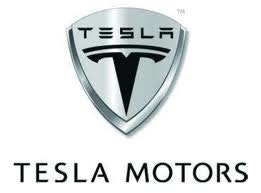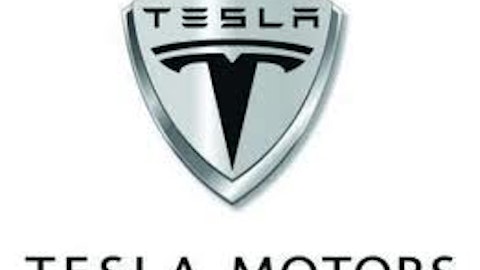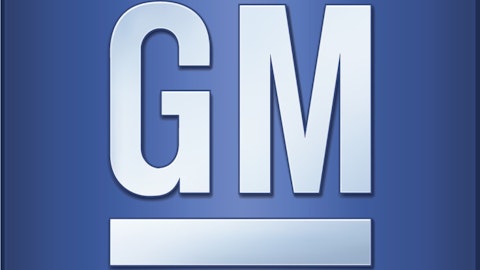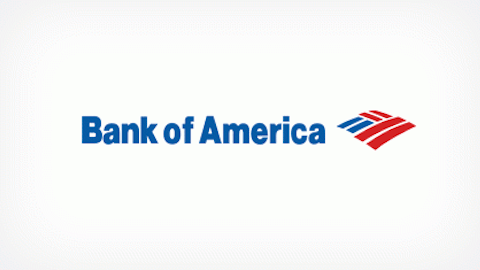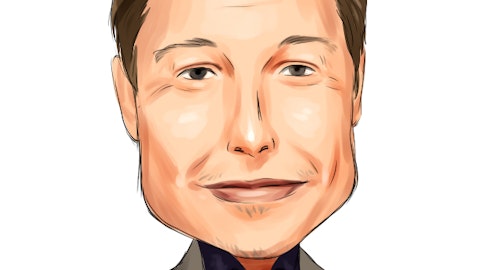Tesla Motors Inc (NASDAQ:TSLA)’ share price has increased by 76% since May 8, 2013, but has pulled back to under $100 from a high of $110.33. The pullback could be a buying opportunity before the stock resumes its rapid appreciation. However, the rapid rise could also be overblown for a company that does not make any money. Is the company going to beat the bear case?
Tesla Motors Inc (NASDAQ:TSLA) is an electric car designer and manufacturer and also services and sells power train components for other electric vehicles, including ones from Daimler and Toyota. It started in 2003 in Palo Alto, CA. It introduced its first offering in 2008, the Tesla Roadster. Since then, the company started to deliver its first completely designed car, the Model S. Management indicated its plans to deliver 21,000 cars in 2013. It is a small but growing player in autos. For comparison purposes, normalized auto sales in the US are considered to be around 15 million vehicles. Also, Tesla Motors Inc (NASDAQ:TSLA) is expanding its wholly owned sales and service centers from 34 to 50 by year end.
Tesla – Profitability and Demand Moving in the Right Direction
While Tesla Motors Inc (NASDAQ:TSLA) has produced losses in years past, forecasts are for earnings to turn marginally positive in FY13 and to earn $1.03 per share in FY14 according to current consensus. Bookings and performance for the company’s Model S are considered a success at this point by the Street, contributing to the increase in share price. The next challenge for the Model S and Tesla is hitting margin goals. Management has set a 25% gross margin target.
The Model X is the next vehicle Tesla will introduce to mainstream production in 2H14. Interest also seems high and there is discussion of a need for more production capacity – a good problem to have. The Gen III vehicle will come next for Tesla Motors Inc (NASDAQ:TSLA) in 2016 or 2017. There is some concern that without some breakthrough in battery tech, introducing it in its current form may not be possible.
Auto manufacturing is considered to be a high fixed cost business, meaning the contribution margin per incremental vehicle sold is high. If Tesla continues to see demand and can drive volume and limit start-up headwinds with new capacity, earnings could expand at a very rapid pace. The biggest challenges for Tesla will likely come from managing its supply base, controlling costs as many of its parts are sourced from a single supplier and increasing production without significant problems along the way. Each of these will likely negatively impact profitability at some point, but this is expected to a certain degree by the Street.
Other Mid to Long-term Challenges for Tesla
Tesla Motors Inc (NASDAQ:TSLA) faces a few key challenges. First, the slow adoption of electric vehicles could become a headwind as production capacity at Tesla increases. Battery costs are also prohibitive for mass deployment of electric vehicles as is the availability of charging stations for them. The technology needs to get cheaper for larger scale adoption. This is a factor for Tesla’s Gen III vehicles, and a reason why management wants to have a $35,000 price point. Currently the Model S sells for about $72,000 after tax credits. It has a range of around 300 miles.
